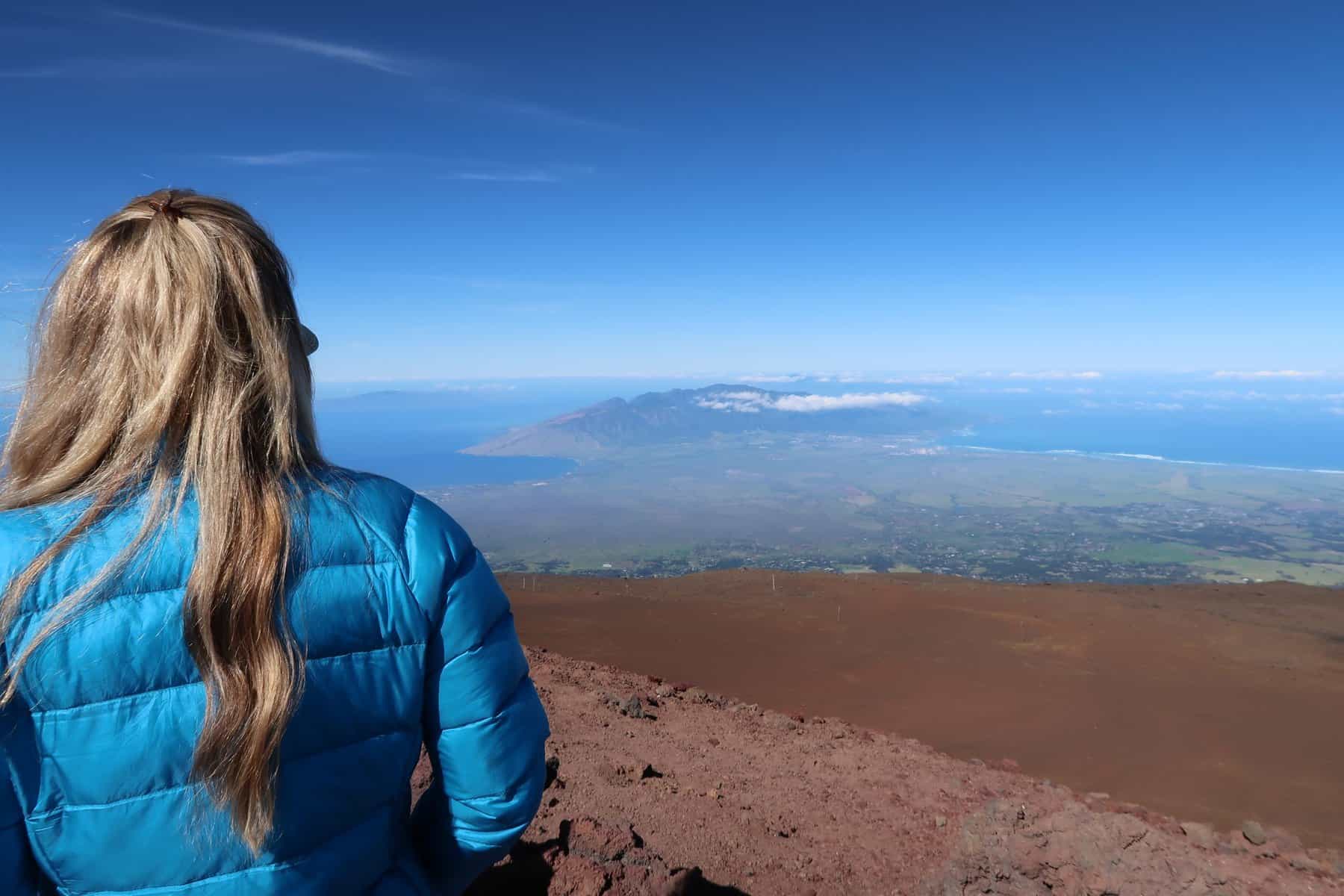The United States is home to a diverse range of National Parks, including several located on islands. These parks offer visitors the chance to explore tropical paradises, rocky wilderness areas, and unique ecosystems found only in these special places.
Below, we explore the top U.S. National Parks on islands, and we provide can’t miss tips for accessing them.
Virgin Islands National Park – St. John, U.S. Virgin Islands:
The Virgin Islands National Park is a stunning and biodiverse protected area located on the island of St. John in the United States Virgin Islands. The park covers over 7,000 acres of land and 5,500 acres of surrounding ocean. It is home to an incredible array of flora and fauna.
Visitors enjoy hiking trails, stunning beaches, and hidden coves. They may also enjoy snorkeling and diving opportunities in the crystal-clear waters. The park is home to important historical and cultural sites, including the remains of ancient Taino settlements and sugar plantation ruins.
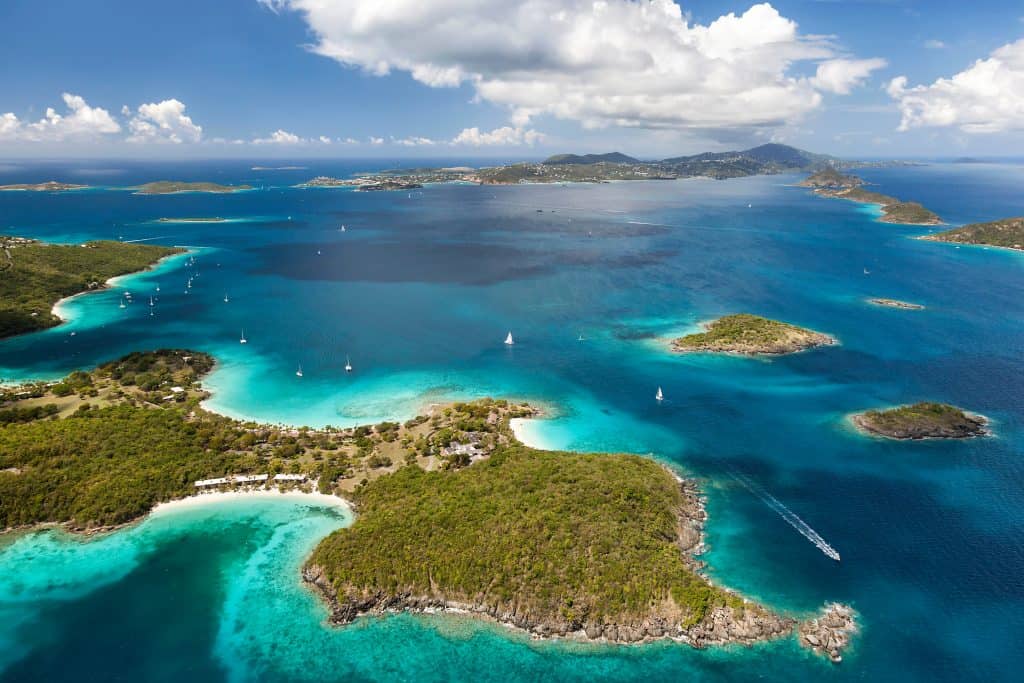
Visitors can access the Virgin Islands National Park by air or by sea. The closest airport to the park is the Cyril E. King Airport on the neighboring island of St. Thomas. St. Thomas is served by a number of airlines. From there, visitors can take a taxi to the Red Hook ferry terminal and then take a ferry to St. John. Alternatively, visitors can fly directly into the St. Thomas Seaplane Base and take a seaplane to St. John.
Several cruise lines offer excursions to St. John Island when the ships are in port at St. Thomas. Private boats may also access the island.
Once on St. John, visitors can access the park by car or by foot. There are several rental car companies on the island, and the park has a number of parking lots at various trailheads and beaches. Visitors can take a taxi or shuttle to the park or hike in from nearby towns. The park offers ranger-led tours and activities which are great introductions to the park’s natural and cultural resources.
Read our complete guide to Virgin Islands National Park!
Isle Royale National Park – Michigan:
Isle Royale National Park is a remote wilderness area located in Lake Superior, off the coast of Michigan. The park is known for its rugged, rocky coastline, pristine forests, and diverse wildlife including wolves, moose, and otters.
One of the things that makes Isle Royale National Park special is its isolation. It can only be accessed by boat or seaplane which helps to preserve its natural beauty and protect its wildlife.
The park’s main visitor center is located in Houghton, Michigan where visitors can catch a ferry to the park’s two main dock locations, Rock Harbor and Windigo. The ferry ride takes around three hours.
The other towns where visitors can catch ferries to Isle Royale are Copper Harbor, MI and Grand Portage, MN. Ferry rides cost around $100 per person, round trip. We strongly suggest that you make reservations as far in advance as possible.
Though remote and devoid of cellular service, our family loved the charming town of Copper Harbor. We suggest that visitors consider camping there and using it as a special gateway town experience!
Alternatively, visitors can take a seaplane from Houghton or other nearby cities which offers a quicker and more scenic route to the park.
Once on the island, visitors can explore the park’s trails and waterways, go camping, or stay at one of the park’s lodges. The island does have a small visitor center and hosts several ranger-led programs and activities. It’s important to note that Isle Royale National Park is only open from late April to late October due to the harsh winter conditions in the region. If you a bug-averse, we advise you travel to this park no earlier than August.
For more details on camping and transportation, check out the park newspaper HERE.
Channel Islands National Park – California:
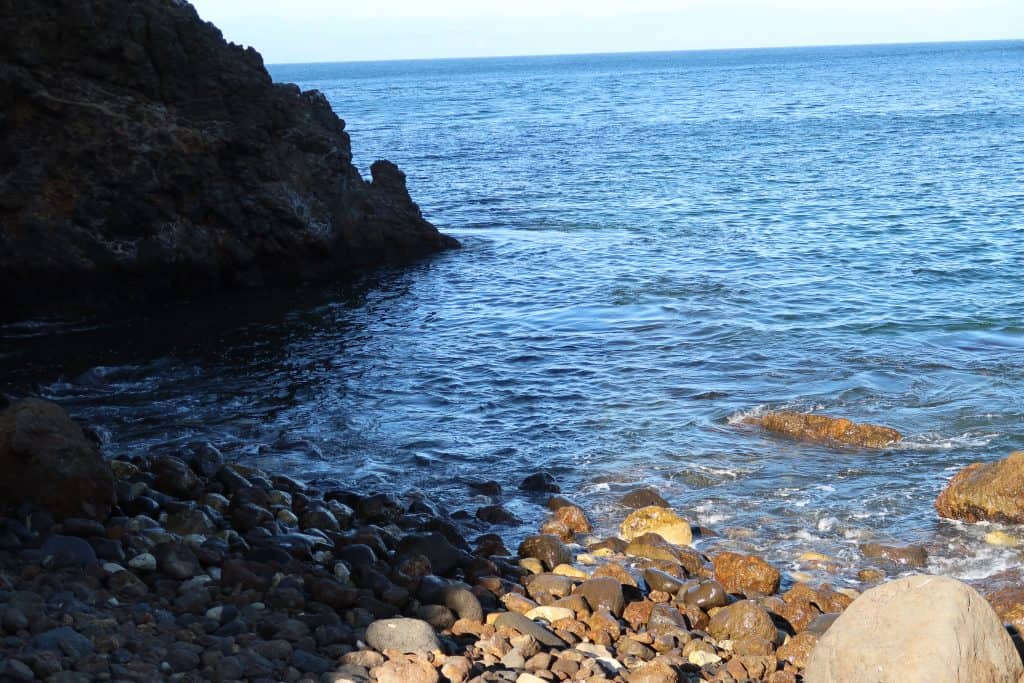
Channel Islands National Park is a unique and pristine archipelago located off the coast of Southern California. The park is comprised of five rugged islands and their surrounding waters. These islands are home to a rich diversity of plant and animal life including several species found nowhere else in the world!
One of the things that makes Channel Islands National Park special is its isolation. The islands are only accessible by boat or plane. This has helped to preserve their natural beauty and protect their wildlife. The park offers a variety of recreational activities including hiking, kayaking, and wildlife viewing.
The islands are located just a short distance from the mainland, and visitors can access them via ferry or plane. The park’s visitor center is located in Ventura, California. There, visitors can catch a ferry to the islands.
Island Packers Cruises is the park’s concessionaire, providing ferry service to all five islands from Ventura Harbor. Additionally, visitors can take a small plane from Camarillo Airport or Santa Barbara Airport to Santa Rosa Island, the second-largest island in the park.
Pro tip: if you or anyone in your travel party tends to get seasick, the Pacific waters can be rough. Consider motion sickness remedies.
Once on the islands visitors can explore the park’s trails, beaches, and waters. It’s important to note that some of the islands are only accessible during certain times of the year. Visitors should be prepared for a wilderness experience, as there are no restaurants or lodging on the islands.
Dry Tortugas National Park – Florida:
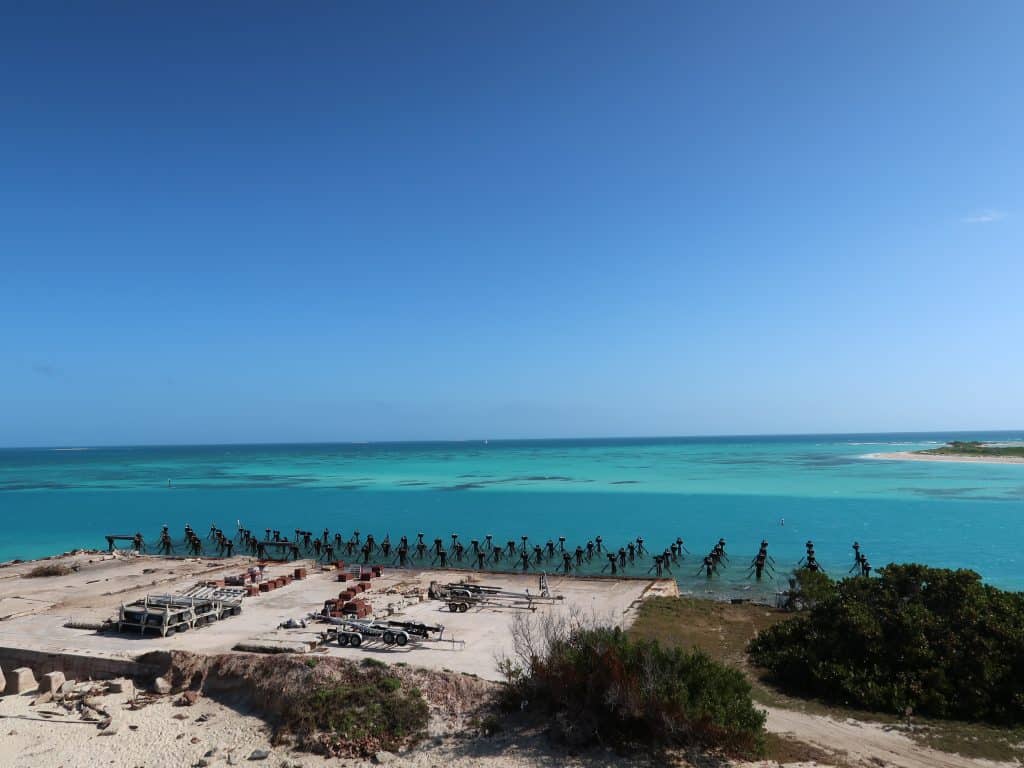
Dry Tortugas National Park is a unique and remote island park located in the Gulf of Mexico resting about 70 miles west of Key West, Florida. The park is known for its crystal-clear waters, vibrant coral reefs, and historic fortifications It is a popular destination for snorkelers, divers, and history buffs alike.
One of the things that makes Dry Tortugas National Park special is its isolation. The park is only accessible by boat or seaplane which helps to preserve its natural beauty and protect its wildlife. The park is also home to Fort Jefferson, a massive brick fortress built in the 19th century to protect shipping lanes in the Gulf of Mexico.
Visitors can access Dry Tortugas National Park by ferry or seaplane. The park’s main concessionaire, Yankee Freedom III, provides ferry service to the park from Key West. The ferry ride takes approximately two and a half hours and offers beautiful views of the water and surrounding islands. Since the ferry sails into open waters, we strongly advise that those sensitive to motion sickness take preventative measures. (Our return ferry from Dry Tortugas required a medical-grade cleaning from the many passengers that were not prepared!)
This boat leaves early in the morning and arrives back in Key West late in the day. Be sure that you are staying in Key West the night before, or you will end up with a stressful morning that may or may not include a national park adventure!
Visitors can also take a seaplane from Key West which provides a quicker and more scenic route to the park.
Once on the island, visitors can explore the park’s trails, beaches, and waters. Dry Tortugas is a unique ecosystem home to a variety of marine life including sea turtles, dolphins, and tropical fish. Thus, it is a popular destination for snorkeling and diving.
Visitors can also tour Fort Jefferson and learn about the island’s fascinating history. This is particularly fun for kids as they enjoy the adventure of exploring the secret pathways and passages!
It’s important to note that there are no restaurants or lodging on the island. Visitors should come prepared with all necessary supplies including food, water, and sunscreen.
Additionally, the park has limited facilities and is a protected wilderness area, so visitors should take care to follow all park regulations and leave no trace.
Hawai’i Volcanoes National Park – Hawaii:
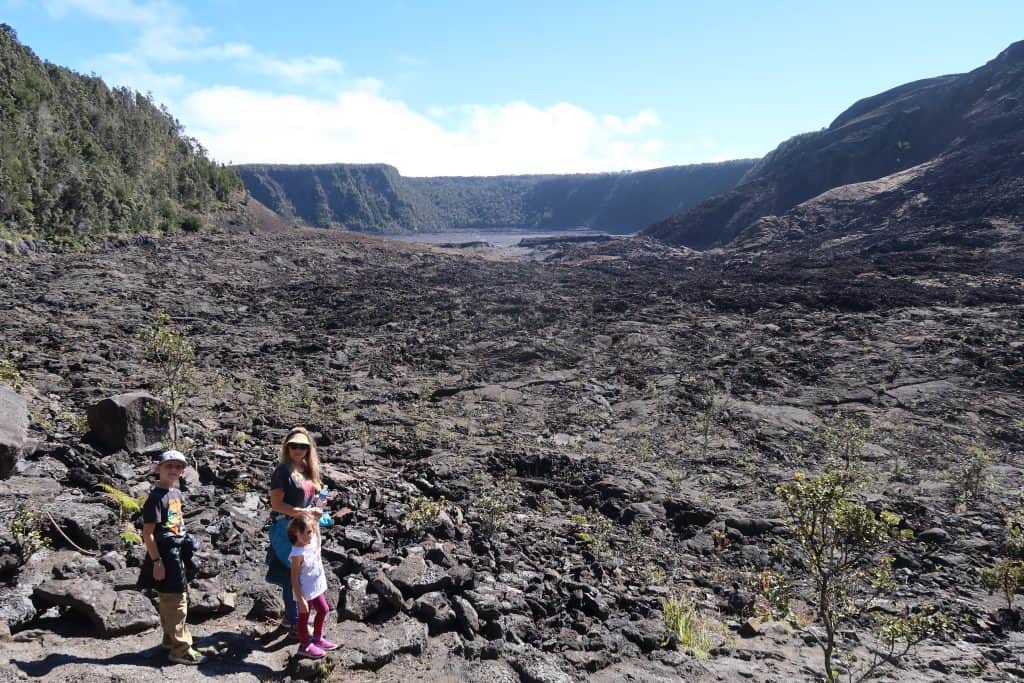
Hawaii Volcanoes National Park is a unique and dynamic park located on the Big Island of Hawaii. The park is home to two of the world’s most active volcanoes: Kilauea and Mauna Loa. These volcanoes have been continuously erupting for over 30 years, shaping the island’s landscape and providing a glimpse into the earth’s geologic processes.
One of the things that makes Hawaii Volcanoes National Park special is its geological and cultural significance. The park is home to a wide range of volcanic landscapes including…
- active lava flows,
- steam vents,
- volcanic craters,
- ancient petroglyphs,
- and cultural sites.
Visitors can access Hawaii Volcanoes National Park by car, bike, or on foot. The park is located on the southeast side of the island about 30 miles southwest of Hilo. Visitors can take the Hawaii Belt Road (Highway 11) to reach the park’s entrance.
Once in the park, visitors can explore the park’s many attractions including the Kilauea Visitor Center, the Jaggar Museum, and the Halema’uma’u Crater. Visitors can also take a guided tour of the park, go camping, or stay at the Volcano House Lodge. There are also plenty of ranger-led programs and activities.
It’s important to note that conditions at the park can change rapidly. Visitors should check with the park before planning a visit to ensure that all areas are accessible and safe. Additionally, visitors should come prepared with appropriate clothing, footwear, and gear, as well as plenty of water and sunscreen. The park’s climate can be unpredictable. For more information, read our Guide.
Haleakala National Park – Hawaii:
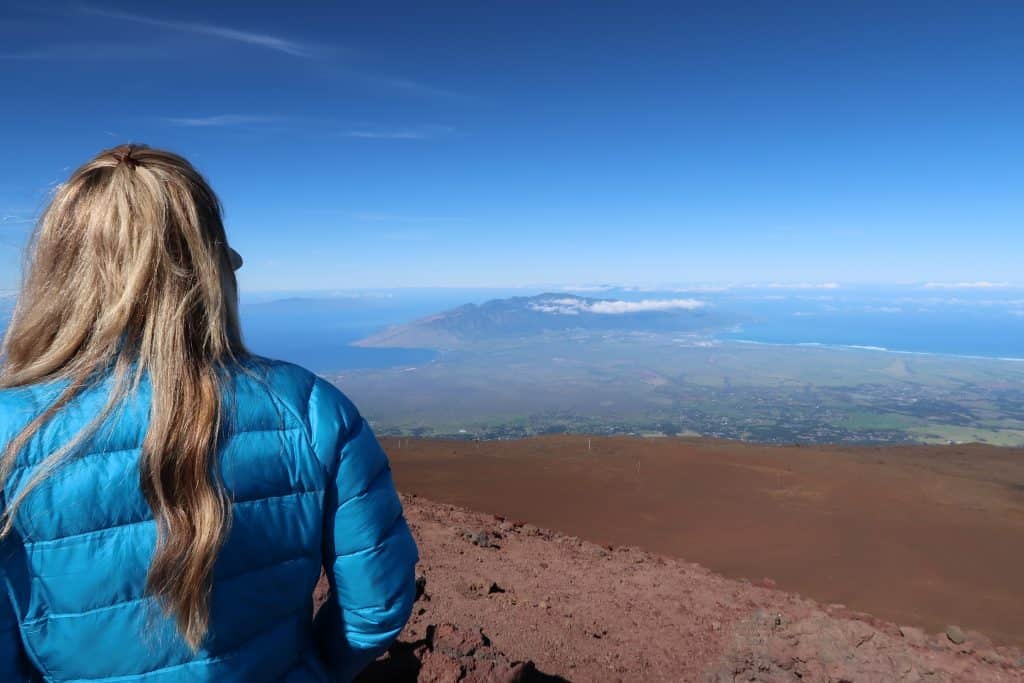
Haleakala National Park is a unique and beautiful park located on the island of Maui, Hawaii. The park is home to Haleakala Crater, a massive volcanic caldera that stretches over 7 miles across and 2 miles wide. The park’s landscape is characterized by rugged lava fields, lush rainforests, and breathtaking vistas. The diversity of experiences to enjoy here make it a popular destination for hikers, cyclists, and nature lovers.
One of the things that makes Haleakala National Park special is its unique combination of natural beauty and cultural significance. The park is home to many important cultural sites including the Haleakala Observatory which is operated by the University of Hawaii and conducts research on astronomy and astrophysics.
The park is located on the island of Maui about 25 miles east of the town of Kahului. Visitors can take the Haleakala Highway (Highway 378) to reach the park’s Summit District entrance which is located at an elevation of over 7,000 feet above sea level.
Once in the park, visitors can explore the park’s many attractions including the Haleakala Visitor Center which offers information about the park’s history, geology, and cultural significance.
Visitors can also hike on one of the park’s many trails, take part in ranger-led programs and activities, or enjoy the stunning views from the park’s many lookout points.
Haleakala National Park is divided into two districts. The Kīpahulu District is 12 miles past Hana. The famous “Road to Hana” is the best way to access this section; however, it is extremely difficult on those with motion sickness. There is an alternate route between the two districts, but visitors will want to check with park rangers before attempting it as it is not maintained.
If you choose to take this more “secretive” route, the views may be the most breathtaking sites you will experience in your lifetime! Take your GoPro!
It’s important to note that conditions at the park can be harsh and unpredictable. Visitors should come prepared with appropriate clothing, footwear, and gear. Even though it is Maui, it can be very cold and windy at these high elevations! Additionally, visitors should be aware that the park’s high elevation can cause altitude sickness. Drink plenty of water, and take necessary precautions.
American Samoa National Park – American Samoa:
American Samoa National Park is a unique and culturally rich park located in the South Pacific Ocean. The park is spread across three islands: Tutuila, Ofu, and Ta‘ū. It is home to a diverse range of marine and terrestrial wildlife as well as important cultural sites.
One of the things that makes American Samoa National Park special is its emphasis on cultural preservation and traditional ways of life. The park works closely with local communities to protect traditional fishing grounds. It also works to maintain traditional Samoan villages and preserve the Samoan language and culture.
Visitors can access American Samoa National Park by plane or boat. The park is located on the island of Tutuila which is the main island of American Samoa. Visitors can fly to Pago Pago International Airport and then travel by car or bus to the park’s entrance.
Once in the park, visitors can explore the coral reefs, marine life, rainforests, waterfalls, and the traditional Samoan villages. Visitors can also take part in cultural demonstrations and activities such as traditional Samoan dance and music performances There are also guided tours of the park’s many cultural sites.
Visitors should be aware that the park’s marine and terrestrial ecosystems are fragile and sensitive. For more information about this park, read THIS.
Katmai National Park – Alaska:
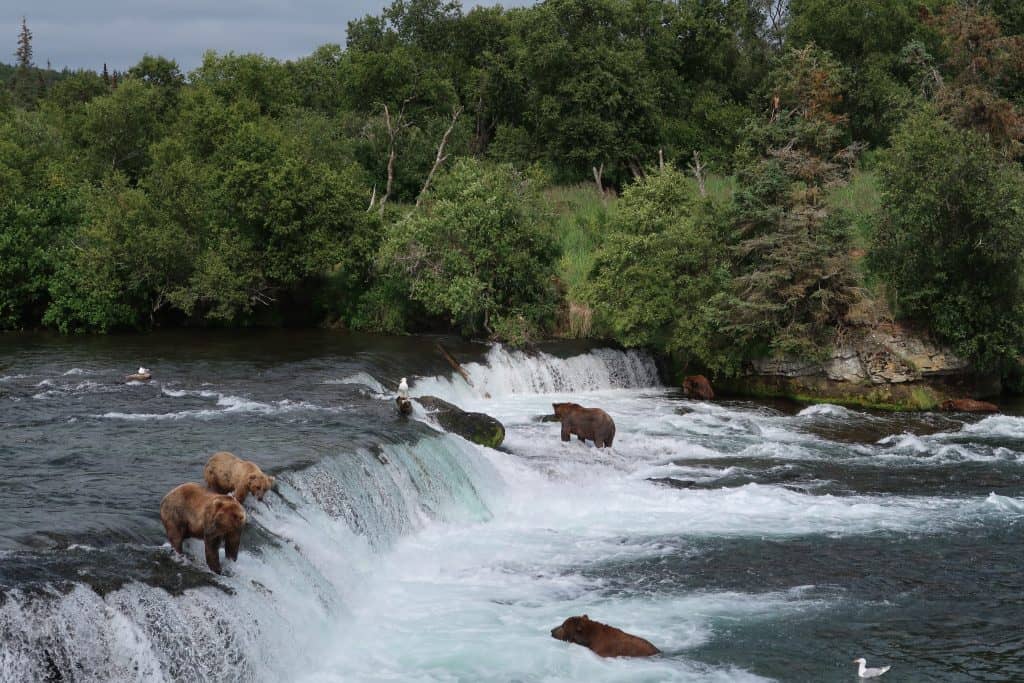
Katmai National Park is a rugged and remote park located in southern Alaska. The park is known for its beauty, its BEARS, and its unique geological features including the Valley of Ten Thousand Smokes and the Brooks River.
Katmai National Park is best known for its large population of brown bears which congregate along the Brooks River in the summer months to fish for salmon. Visitors to the park can watch these magnificent animals from viewing platforms and observation decks. Observing these beloved bears in their natural habitat is a bucket list opportunity for most visitors.
Visitors can access Katmai National Park by plane or boat. The park is located on the Alaska Peninsula. Visitors can fly to King Salmon Airport, then take a ferry or water taxi to the park’s various entry points.
Once in the park, visitors can explore the park’s many attractions. Visitors can also go hiking, camping, fishing, and kayaking in the park’s pristine wilderness. For more information on bear safety at Katmai, visit this park webpage.
Visitors should be aware that the park’s wildlife is wild and unpredictable, and should take necessary precautions to ensure their safety.
Tips for Accessing Island National Parks:
- Research Transportation Options:
Accessing National Parks on islands often requires special transportation such as ferries, seaplanes, or private boats. Research transportation options in advance, and make reservations early.
- Check Park Hours and Fees:
National Parks on islands may have different hours and fees than parks on the mainland. Check park websites in advance to confirm operating hours and any entrance fees or special permits required.
- Pack Accordingly:
Island National Parks may have different weather patterns and terrain than parks on the mainland. Be sure to pack appropriate clothing, gear, and supplies for your trip. Always include sunscreen and insect repellent.
- Follow Park Rules:
National Parks on islands have strict rules to protect the environment and ensure visitor safety. Be sure to read and follow all park rules.
Exploring National Parks on United States islands is a special way to experience the natural beauty of these protected areas. From tropical paradises to forested wilderness areas, there are a variety of island parks that offer unforgettable adventures. With proper preparation, gear, and expectations, visitors are sure to enjoy experiences beyond their imaginations!

